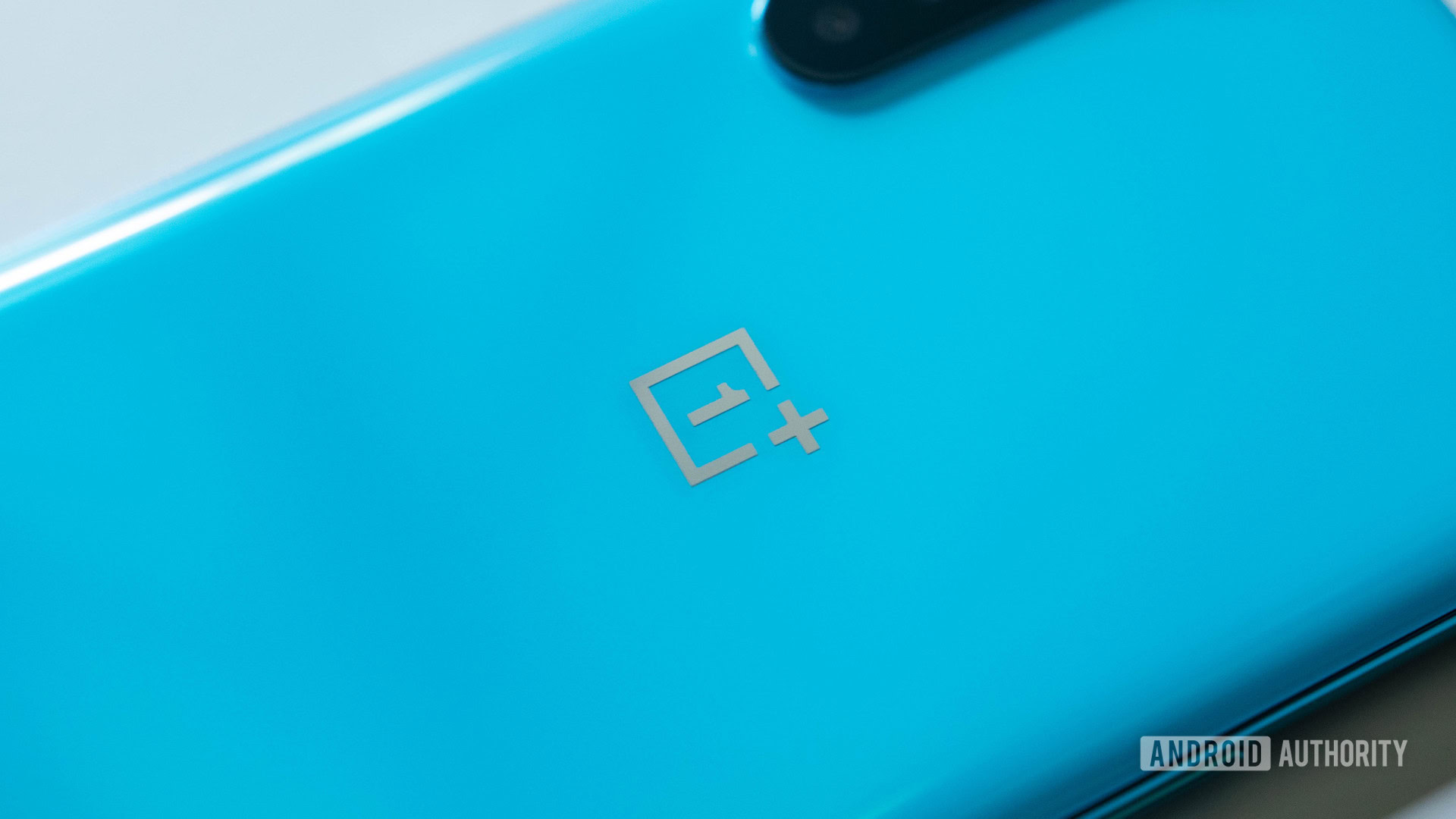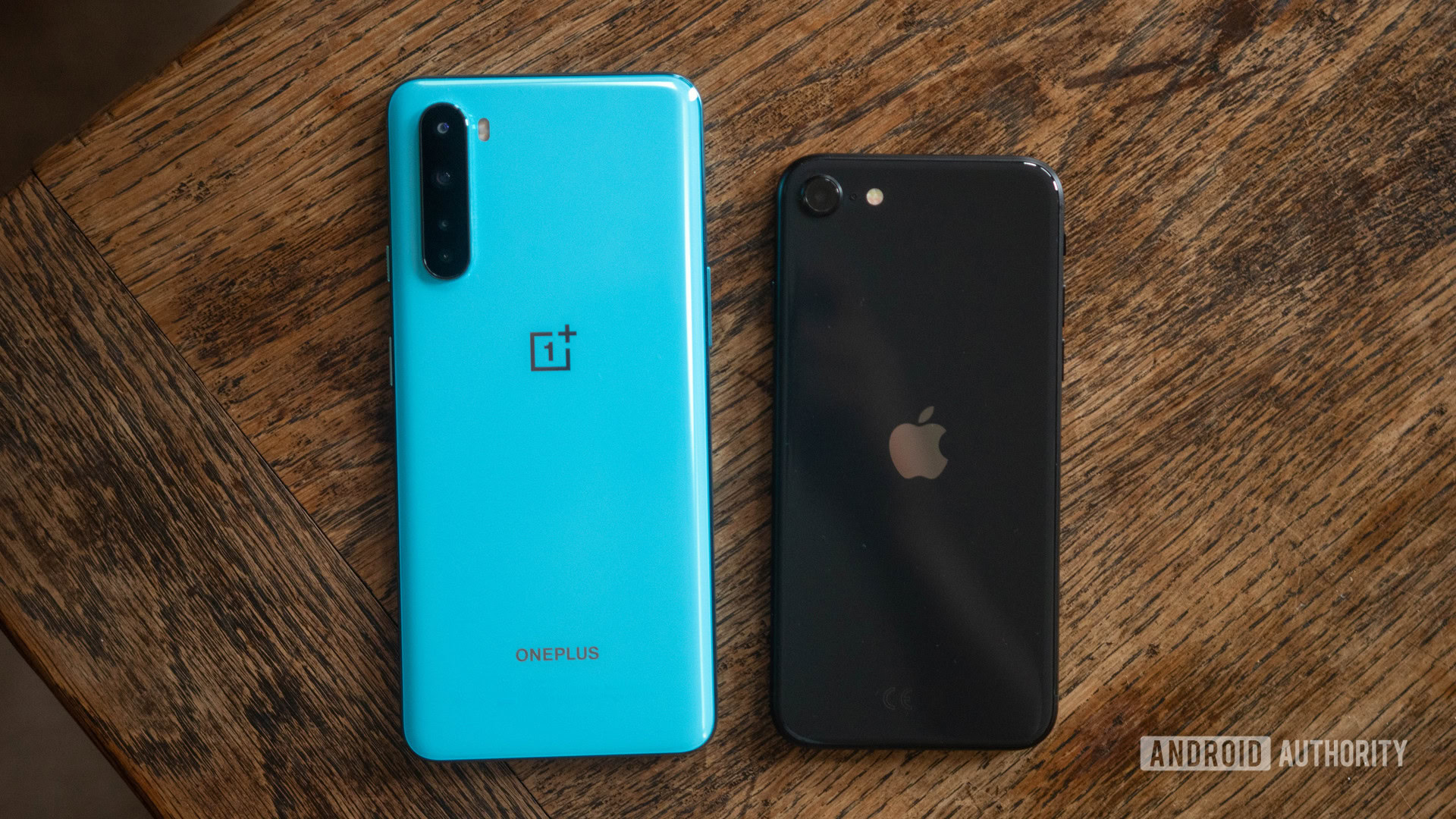Affiliate links on Android Authority may earn us a commission. Learn more.
Does the OnePlus Nord mark the return of the original flagship killer?
Published onAugust 9, 2020

With the OnePlus Nord, the Shenzhen brand has released a phone that falls under the $500 mark (or at least it would have if it actually launched in the US). That’s something the company hasn’t done in almost three years, which is a very long time in the smartphone industry. But is the phone truly a return to the brand’s “Flagship Killer” roots as many fans had hoped?
If you’re not familiar with the term, most define a flagship killer as a device that features a top-of-the-line processor and a generous amount of RAM, but sacrifices on features — such as camera quality — to keep costs down. Early on, OnePlus made a name for itself releasing flagship killers and actually coined the phrase with the release of its first-ever phone, the OnePlus One. But in recent years its phones have started to cost almost as much as rival handsets, culminating with the $899 OnePlus 8 Pro.
See also: OnePlus phones: A history of the company’s entire lineup so far
When you look back at the last few years of smartphone releases, few phones fit into the flagship killer category. There have been handsets like the POCO F1 that have fit the mold, but those have mostly been few and far between. The closest thing to a modern-day flagship killer in 2020 is, bizarrely, the iPhone SE. With its A13 Bionic chip, the SE is faster than many phones in the $1,000 price range. The irony here is that the OnePlus One and subsequent flagship killers were partly a response to the price of Apple’s handsets.
In a way, the flagship killer designation was never a meaningful category. While the Android community adopted the term, it was always first and foremost a marketing catchphrase. It helped OnePlus smooth over the weaknesses of its phones when they were missing features like NFC, IP ratings, flagship-level cameras, and wireless charging. When it was no longer a useful way to frame its devices, OnePlus started to distance itself from the term.

All of that brings us back to the OnePlus Nord. I think it’s safe to say the phone isn’t appealing to OnePlus fans who want the fastest possible phone for the least amount of money. With its Snapdragon 765G chipset, the OnePlus Nord was never going to be that device, nor did the company ever envision it as a course correction from the current state of its flagship lineup.
“I don’t think it is a direct response to our flagship [becoming more expensive],” OnePlus co-founder Carl Pei told Android Authority in July. “It’s just that we feel now is the right time to target a broader set of consumers…”
The question we should be asking is whether the Nord would have been a compelling device had OnePlus gone back to its flagship killer formula. The OnePlus One made a lot of sense back in 2014. At the time, companies like Samsung were struggling to forge an identity with overstuffed devices like the Galaxy S5 that tried to be everything to everyone. By contrast, the OnePlus One had the advantage of a narrow focus. You knew exactly what you were getting with it: an affordable but capable device with a quirky, stylish offshoot of Android made for enthusiasts.
The OnePlus One was never going to make sense to everyone (the confusing invite system certainly didn’t help), but the important point is that to the people it did appeal to, the final product was everything they wanted in a phone.
Thanks to component commoditization, what consumers expect from their latest phone purchase has changed a lot since 2014. Now, we all want a device that does everything. There’s an alternate universe where a version of the Nord exists featuring a Snapdragon 865 or even 865 Plus processor, offering the top Qualcomm silicon on a budget like OnePlus’ flagship killers of old. However, doing so would have inevitably meant compromises in other areas.
Imagine if the company had sacrificed the Nord’s amazing AMOLED display with a 90Hz refresh rate, a total of six cameras, or its signature Warp Charge feature. That version of the Nord probably wouldn’t have earned our recommendation. With its smooth display, fast-enough performance and robust software, the Nord is a better device for being an all-rounder. It’s also more appealing to a broader number of consumers, which is clearly what OnePlus was going for.
Flagship killers were always a means to an end for OnePlus.
Making relatively affordable high-end phones and marketing them the way it did was always a means to an end for OnePlus. The company’s ambition was never to stay in the affordable space. It always wanted to compete at the same price point as Apple and Samsung, because that’s where the money and prestige lies.
However, what the company wisely realized from the start was that it takes time to get to that upper echelon. Minus brand loyalty, consumers respond to perceived value more than anything else. There’s a reason every new OnePlus flagship has cost more than the one that came before it. It’s because OnePlus has always directly correlated the cost of its phones to the value of its brand. The smartphone space is littered with companies that have tried and failed to break into the high-end market, OnePlus was merely smart enough to know it had to lay the groundwork first.
Nevertheless, the fact OnePlus has returned to making affordable devices is worth celebrating, even if it’s not the grand return of the flagship killer that some fans wanted.